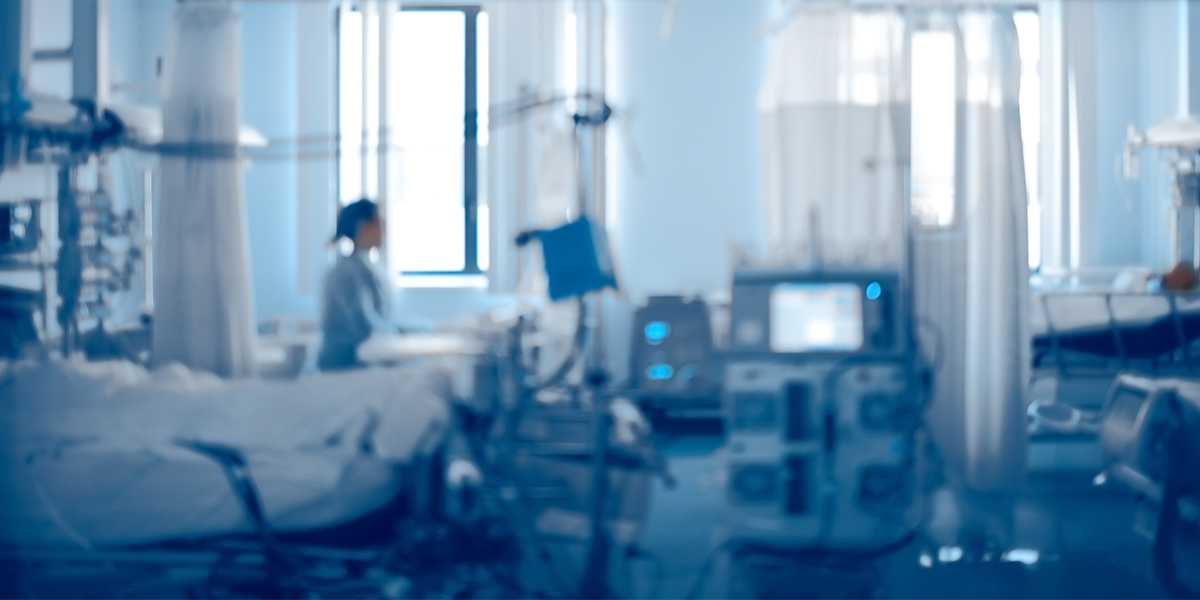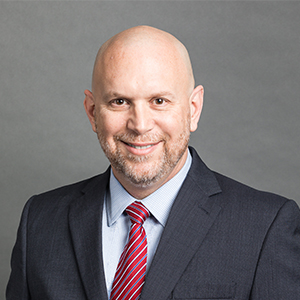
My brother was hospitalized in January 2020 In New York City with complaints of labored breathing and flu-like symptoms. Though COVID-19 was on the radar internationally, it was not as prevalent a headline in the United States as it would be just three months later. At first, he was sent home with a prescription for Tamiflu® and the advice to cut down on his smoking (yeah, he knows it is a terrible habit.) But after two days, he was back at the hospital with a dangerous pulse oxygen level and was admitted. His transfer to the ICU happened two days later when the standard treatments did not work.
As his condition declined, his doctors decided to place him in a medically
induced coma to attach him to a ventilator. Needless to say, our family was
devastated. My wife and I tried to make arrangements to fly to NYC, but the
timeline was too tight. We decided that we would drive to New York, but the day
before we were to leave, his body began to fight the mystery ailment, and within
another day, he was taken off the ventilator and recovered. A week later, he was
released from the hospital, not at full strength but walking under his
power.
I am supremely grateful to the medical staff at that hospital for
saving my brother's life. It wasn't until a few months later that my brother
would be tested for COVID-19 antibodies and received a positive test
result.
In a recent conversation with my family about the pandemic, and
more specifically, his hospitalization, his memories are a little 'fuzzy,' to
say the least. He does not remember anything while unconscious, but he does
remember the fear and pain when he first arrived at the hospital. One of his
strongest memories is the pain in trying to breathe. As he describes it, "it was
like having an elephant sitting on his chest." Any movement set off a coughing
spree that was agony for his lungs. He remembers having x-rays taken at his
bedside, but at a specific time, those x-rays stopped, and the staff started
transferring him to radiology for both x-rays and CT. The trips to radiology
were one of his most painful experiences during his stay.
His innocent
question to me, knowing I work "with x-rays," was, "why couldn't they just bring
the machines into the room and not move me like they did at first?" Have you
ever tried to explain the difference between a CT and an x-ray to someone
outside the medical industry? How about the difference between an old CR
portable x-ray machine and a state-of-the-art radiology room? Eventually, the
conversation became almost accusatory, with my siblings questioning the
hospital's frugality and level of care. At one point, my sister, the smartest of
the four of us, pulled out her phone and searched for portable x-ray. Her search
results returned millions of results. Many were explanations of what portable
x-ray was, but more were for manufacturers of such machines. Many of the
manufacturers promote that their portable x-ray units offer the same quality
images as x-ray rooms. So with that point solved, she turned to portable CT
scanners. The search also returned millions of results, but far fewer
manufacturers. Her being the nerd that she is (love you, Sis!), she eventually
came to a conclusion, which was readily accepted by my brothers, that mobile CT
is a newer technology and not as prevalent in hospitals.
Their eventual
conclusion was that though they were happy the hospital saved my brother's life,
the hospital could have made his stay more comfortable had they invested in this
new technology.
Another question asked was concerning my brother's
transport through the hospital and his being contagious. After we all agreed
that hindsight being 20/20, we could all agree that the facility at that time
had no idea how contagious his mystery illness was, nor could they foresee a
global pandemic.
Though we all agreed that the hospital probably took
standard precautions when moving my brother to radiology, his last statement
before the conversation ended was, "I hope I didn't infect anyone when they were
wheeling me through the hallways."









 ©
- CMS Imaging, Inc. All Rights
Reserved
©
- CMS Imaging, Inc. All Rights
Reserved

Comments
Leave a Comment